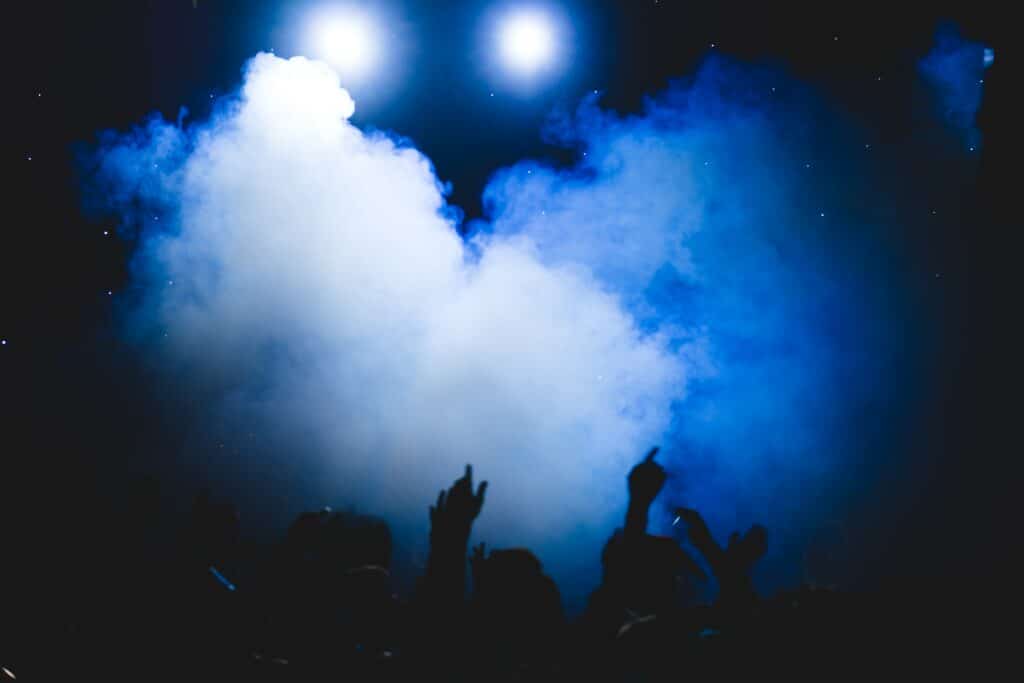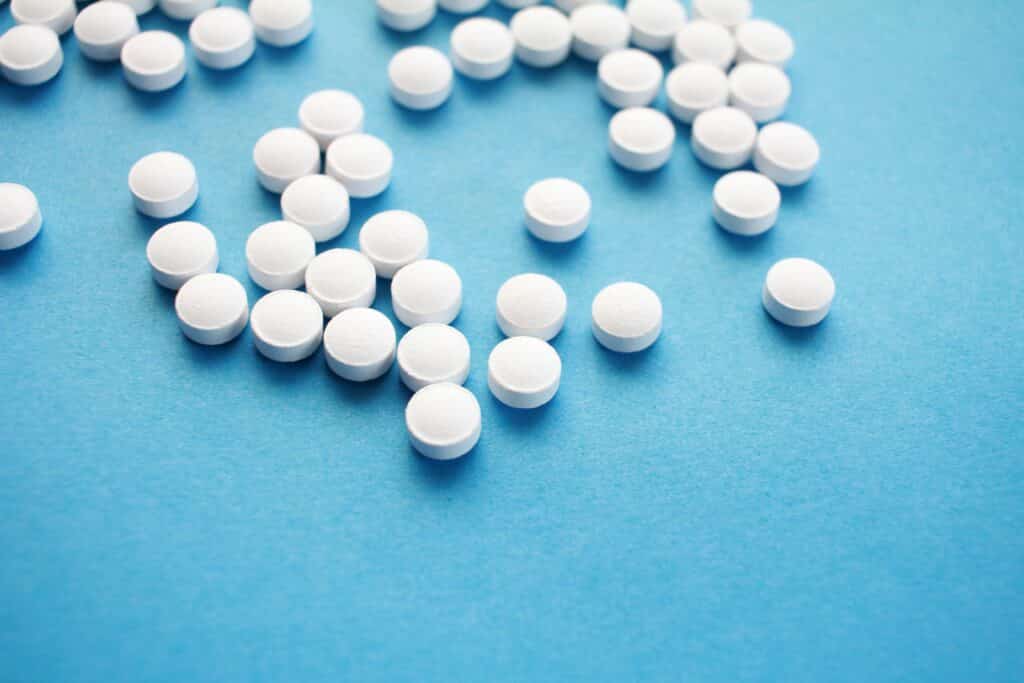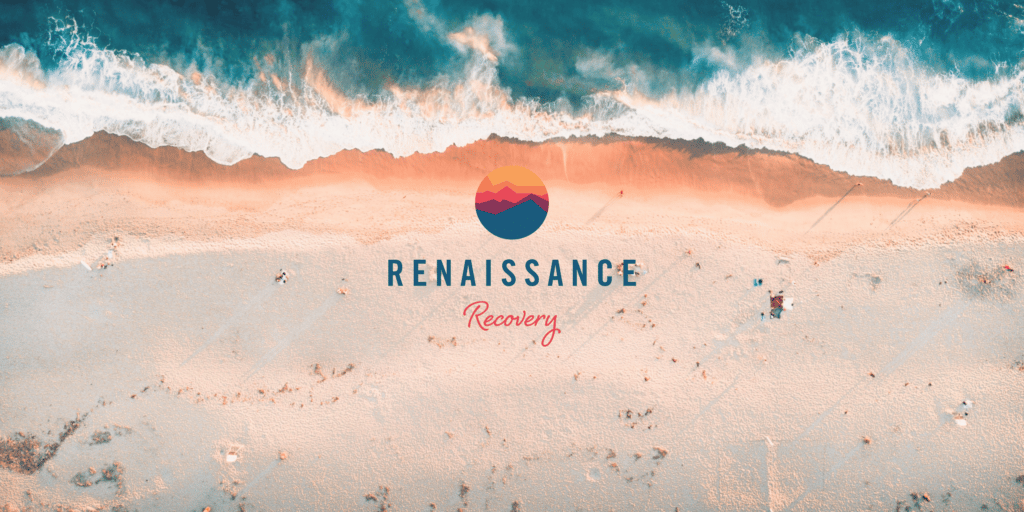One study showed that visiting nightclubs doubles your risk of using drugs, unfortunately, these types of drugs are not safe and can even lead to addiction in certain cases.
If you think that you or a loved one is dealing with some sort of addiction problem, reach out to our California rehab to begin the treatment process as soon as possible. We specialize in all forms of substance abuse including prescription drug treatment. For now, though, let’s take a look at some of the most common forms of club drugs and what you can expect from a club drug addiction treatment program.
Need help getting addiction treatment?
So, what kind of drugs do people usually take at clubs?
Types of Club Drug
While not all those who visit clubs take drugs, they are very easily available for anyone who seeks them out.
Clubbers use drugs for different reasons, but primarily for the way, it makes them feel. Taking drugs can impact your mood and behavior, and it can also alter your perception of reality and your surroundings.
Not all drugs work in the same way, so someone looking to dance all night may take a stimulant like Molly or cocaine, while someone looking for a more intense experience might dabble with ketamine or LSD.

Most Popular Club Drugs
According to the US National Library of Medicine, these are the most commonly abused club drugs :
- Molly
- GHB
- Ketamine
- Methamphetamine
- Cocaine
- LSD
- Rohypnol
1) Molly
MDMA (3-4 methylenedioxymethamphetamine) is also known as Molly and Ecstasy.
This potent synthetic drug has been a mainstay of the club scene for decades. Molly acts as a stimulant and psychedelic meaning users feel energized enough to stay up dancing through the night while also finding their perception and sense of tactile experiences are altered.
The chemical structure of MDMA is similar to both meth (a stimulant) and mescaline (a powerful hallucinogen).
First synthesized in Germany in 1912, MDMA was intended to be used as an appetite suppressant.
Since the 1980s, though, the drug became widely available on the streets with usage peaking in the rave culture of the 1990s. The drug is mainly used by young adults in general and college students in particular.
Molly works on the neurons in your brain that use dopamine, serotonin, and norepinephrine as a way of communicating with other neurons. Your neurotransmitter system plays a vital role in regulating the following areas:
- Mood
- Energy
- Reward system
- Aggression
- Appetite
- Sleep
- Sensitivity to pain
- Sexual activity
- Blood pressure
- Heart rate
Molly is usually ingested in tablet or capsule form. Most tablets are heavily branded with an assortment of identifying logos.
The high from ecstasy lasts from 3 to 6 hours depending on the dose and purity as well as the user and the environment the drug is taken in. You won’t get the same effects from taking Molly alone in a silent room as you would from taking the drug with hundreds of clubbers surrounding you in a space with booming music and hectic lighting.
Users feel an enhanced sense of self-confidence and pleasure along with a boost in energy. Psychedelic effects include feelings of acceptance, calmness, and empathy.
Molly can bring about the following short-term effects:
- Nausea
- Sweating
- Chills
- Muscle cramping
- Involuntary clenching of teeth
- Blurred vision
- Hypothermia
Also, there is a risk of more severe side effects, such as acne-like rash and liver damage, when Molly is abused long-term.
A combination of the effects of ecstasy place users at heightened risk of contracting sexually transmitted diseases. The drug promotes feelings of empathy, trust, and closeness, while at the same time increasing libido. Throw alcohol into the mix as well and users are at increased danger of unsafe sexual liaisons.

2) GHB
GHB (Gamma Hydroxybutyrate C4H8O3) is a CNS depressant that’s often referred to as a club drug or date rape drug.
On one level, GHB is commonly abused by clubgoers. Reported positive effects include euphoria, heightened sex drive, and a sense of tranquility.
More sinisterly, some victims of date rape have found their drinks spiked with GHB.
The side effects of using this drug include nausea, hallucinations, amnesia, loss of consciousness, and potentially even coma.
GHB was also approved by the FDA in 2002 in the form of Xyrem, a treatment for the sleep disorder narcolepsy. This drug is a Schedule III controlled substance, available only after enrollment in a restricted-access program.
Strangely, GHB also occurs naturally in the brain in tiny concentrations. It can also be found in some beers and wines as a result of fermentation, although in insignificant quantities.
3) Ketamine
Ketamine is from a class of drugs called dissociative anesthetics. It’s also known as K, Ketaset, Ketalar, and Ketanest.
Other drugs in this class include PCP, DXM, and nitrous oxide (laughing gas).
Dissociative drugs induce a feeling of detachment from surroundings and sensations. Users feel as if they’re floating outside of their bodies.
Ketamine comes in the form of an off-white powder, and it’s usually smoked or snorted.
Using ketamine can trigger the following adverse effects:
- Changes in perceptions of colors and sounds
- Drowsiness
- Dissociation from body and identity
- Hallucinations, delirium, confusion
- Agitation
- Nausea
- Difficulty thinking and learning
- Dilated pupils
- Changes in eyesight
- Inability to control eye movements
- Muscle stiffness
- Involuntary muscle movements
- Numbness
- Slurred speech
- Behavioral changes
- Amnesia
- Slow heartbeat
- Increased pressure in the brain
- Loss of appetite
- Vomiting
- Upset stomach
Ketamine is used legally as an anesthetic for humans and animals.
In 2019, the FDA approved the use of two forms of ketamine to treat depression (racemic ketamine and esketamine).
Used outside of a medical setting, ketamine is a volatile substance that could be highly dangerous. Using it inside a club could put you in hazardous and unpleasant situations. If you ever come across this stuff, don’t even consider it.
4) Methamphetamine
Methamphetamine, usually abbreviated to meth or crystal meth, is a potent and remarkably addictive stimulant that affects your central nervous system.
Meth comes in the form of glass-like fragments, bluish-white crystals for which the substance is nicknamed.
Chemically similar to amphetamine, this type of drug is used to treat ADHD (attention-deficit hyperactivity disorder) and narcolepsy.
You can smoke, snort, swallow, or inject meth. Club users most frequently take meth in tablet form.
Effects kick in rapidly and fade just as quickly. This leads to users taking repeated doses to chase the initial high. As dependence builds, meth users frequently binge in a pattern of extended abusive sessions followed by periods of sleep.
Methamphetamine causes your brain to produce more dopamine. This chemical impacts body movement and motivation, as well as the reinforcement of behaviors triggering rewards. It’s the way in which meth causes such high levels of dopamine that causes users to want more and more of the drug.
Even a small dose of meth will deliver the following short-term effects:
- Decreased appetite
- Increased wakefulness
- Faster breathing
- Increased physical activity
- Fast or irregular heartbeat
- Increased blood pressure
- Increased body temperature
- Tolerance to meth builds quickly and dependence easily occurs.
Using meth long-term can lead to a shower of negative effects, both physical and psychological. It’s not worth dabbling with meth at a club as the potential for addiction is high, luckily, there are meth rehabs available to help.
5) Cocaine
Cocaine is also known as blow, snow, cola, and rock. It’s made from processing the leaves of the South American coca plant
The most common form of this highly addictive drug is a fine white powder that’s either snorted or, less frequently, injected.
Cocaine is also smoked in a potent freebase form known as crack cocaine.
Using cocaine gives your confidence, attention, and alertness an almost immediate boost. You’ll also feel energized and, initially at least, clear-headed.
Like other stimulants, cocaine is able to send elevated levels of dopamine into your body, specifically into the parts of the brain controlling pleasure. The resultant accumulation of dopamine causes intense energy and enhanced alertness known as the high.
Cocaine can trigger these additional short-term effects:
- Extreme sensitivity to sound and touch
- Intense happiness
- Irritability
- Anger
- Paranoia
- Decreased appetite
Habitual cocaine users can also experience the following more serious adverse effects:
- Headaches
- Convulsions
- Seizures
- Heart disease and stroke
- Heart attack
- Sexual trouble
- Mood problems
- Lung damage
- HIV
- Hepatitis
- Bowel decay
- Loss of smell and nosebleeds
Using cocaine causes people to develop strong cravings for the drug. Tolerance quickly builds, though, so persistent users soon find themselves needing to use more of the drug to achieve the same high.
If you abuse cocaine long-term, you can cause permanent changes to your brain chemistry as your body and mind both grow to depend on the drug.
With around 2 million cocaine users in the US, we may have come a long way since the days of the crack epidemic, but coke remains a clear and present danger for clubbers the world over. If you or a loved one is dealing with a cocaine addiction, reach out to a cocaine rehab today.
6) LSD
LSD (lysergic acid diethylamide) is an illegal hallucinogen known as acid.
Acid is colorless and odorless. A tiny dose equivalent to just two grains of salt, is enough to produce the drug’s effects.
You take LSD orally in the form of pills, sugar cubes, or capsules. It can also be found in the form of liquid drops transferred to colored blotter paper.
The average dose of LSD is between 25 and 80mcg.
Within an hour, users start hallucinating, with the effects lasting for up to 12 hours over the course of an intense experience known as a trip.
LSD stimulates the production of serotonin and allows for more stimuli than usual to be processed. The brain won’t filter out what’s normally deemed irrelevant leading to changes in perceptions, emotions, and thoughts. The resulting hallucinations seem real but are simply created by your mind.
While potentially unsettling in any context, taking a tab of LSD in a club setting could result in a very bad trip, a literal bummer.
7) Rohypnol
Now, while most club drugs are voluntarily ingested, Rohypnol is a recreational drug that’s also occasionally used for nefarious purposes.
Known as roofies, Rohypnol is from the benzodiazepine class. Usually used as a treatment for insomnia or as surgery premedication, Rohypnol has a powerful sedative effect that comes on quickly. It’s this fast-acting nature of the drug that means it’s developed a reputation as the date rape drug.

Treatment for Club Drug Recovery at Renaissance Recovery
If you’ve been using club drugs to excess and you’ve decided it’s time the party ended, we can help you out.
We’ll help you to choose a personalized treatment plan to deal with your addiction as well as any co-occurring disorder. You’ll get the structure you need to put the party drugs away and kickstart a meaningful and sustained recovery.
With clubs still not yet fully operational, there’s never been a better time to quit the club drugs. Reach out to the friendly team at Renaissance’s California and Florida rehabs and we’ll help you start recovery the right way. Call our addiction hotline today at 866.330.9449.



